Using this guide
If you prefer to print this information out, click the purple printer button at the top of the page. This will give you a print friendly version.
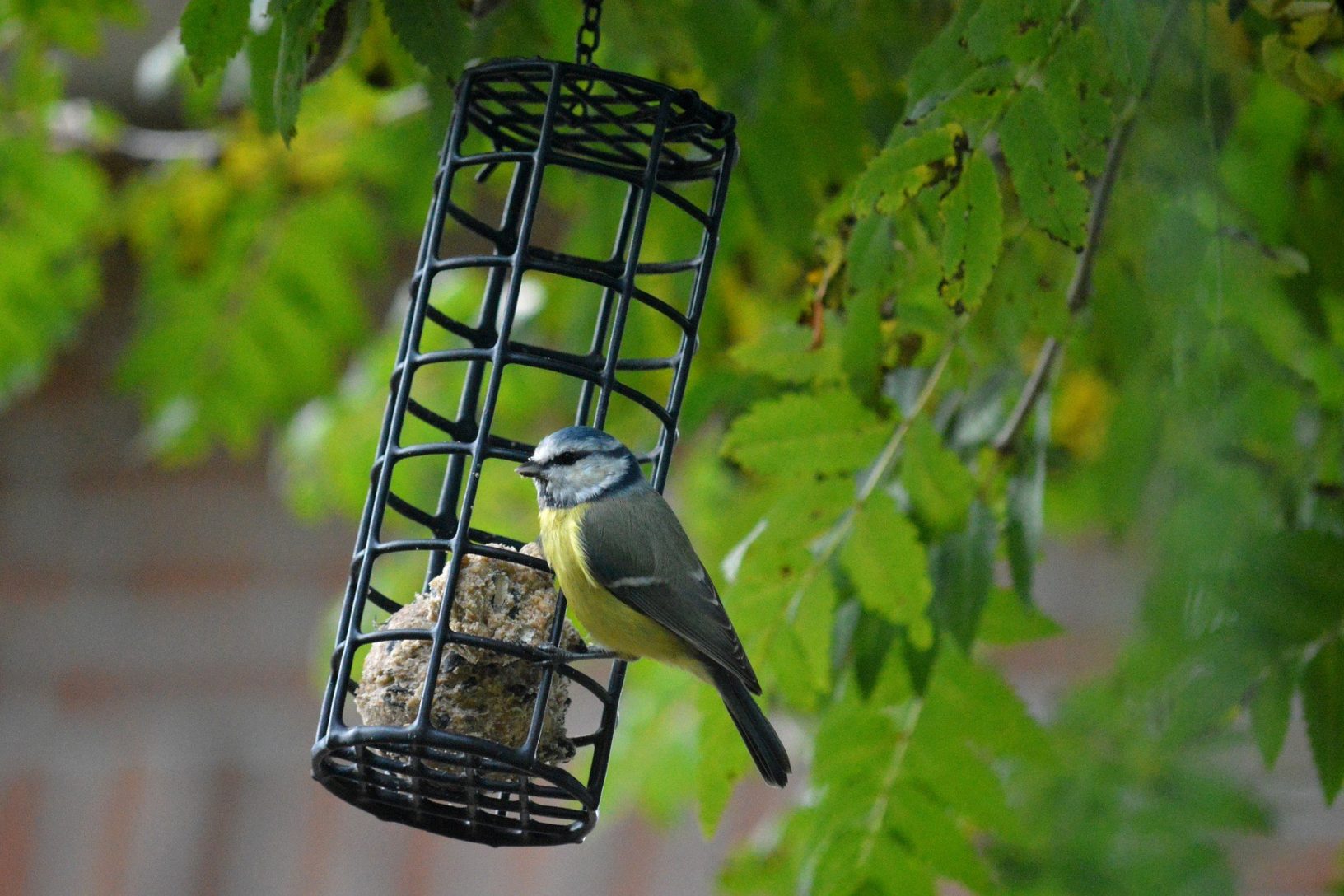
If you prefer to print this information out, click the purple printer button at the top of the page. This will give you a print friendly version.
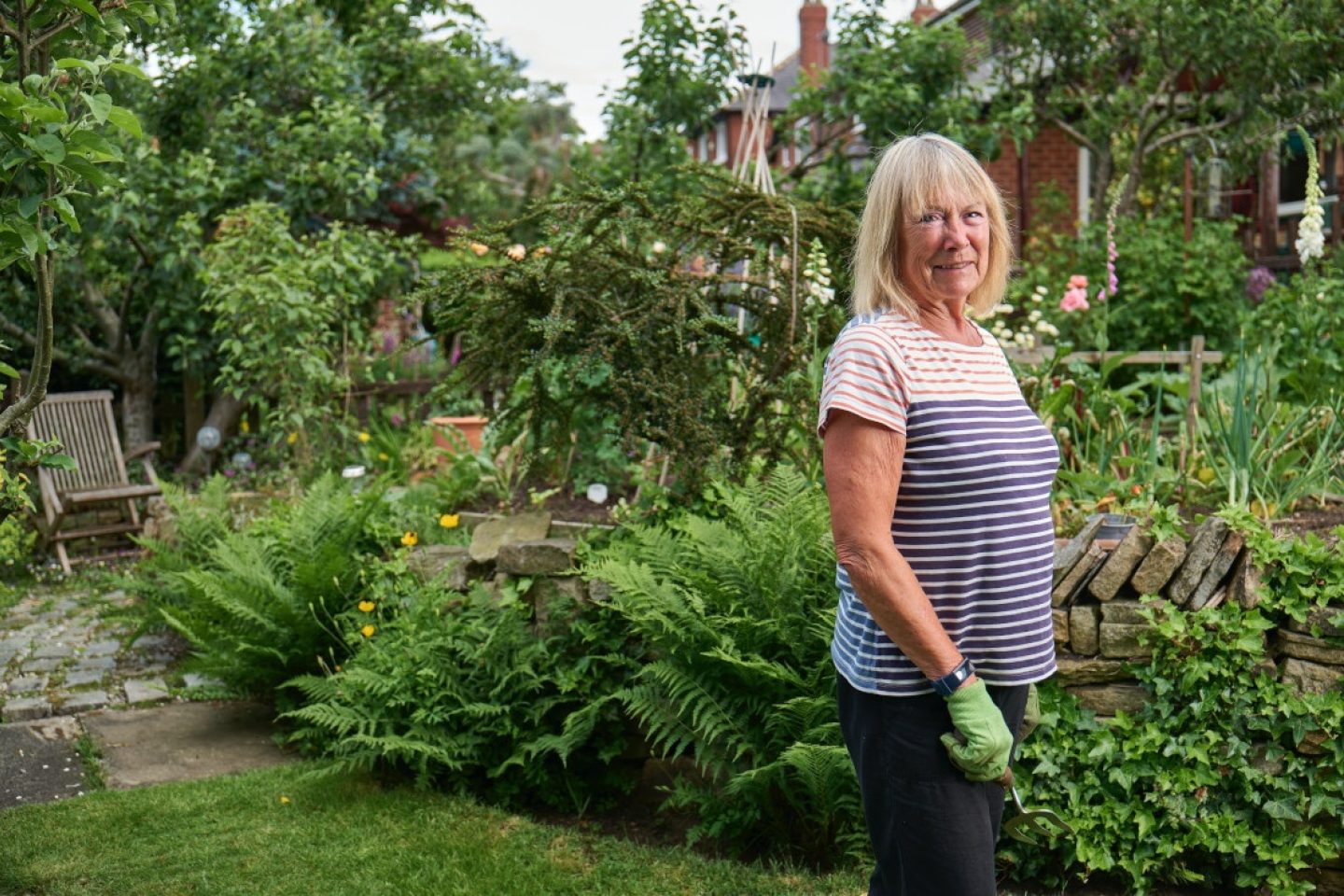
Deciding what you would like to do in the garden, or in nature, should be about finding things you enjoy doing.
If you are an experienced gardener, you may be able to keep doing the gardening activities you’ve always enjoyed. Some adjustments to how you do them may help.
Gardening might not be for everyone. There are still lots of ways to enjoy the outdoors and time in nature. That could be anything from sitting and watching wildlife to a social game of garden boule if you have the space.
What you feel like doing may change from day to day. On cold days, you may feel like a quick five minutes outdoors. Equally, you may prefer to stay indoors. There are still ways you can get pleasure from nature.
Here are some ideas depending on your energy level and where you would like to garden.

X is more comfortable seated. At the allotment we do lots of things sitting down. Preparing onions, garlic, sorting veg are all perfect for this.
Debbie, Great Dunmow allotment group
You can enjoy all the following while sitting down, or indoors if you prefer
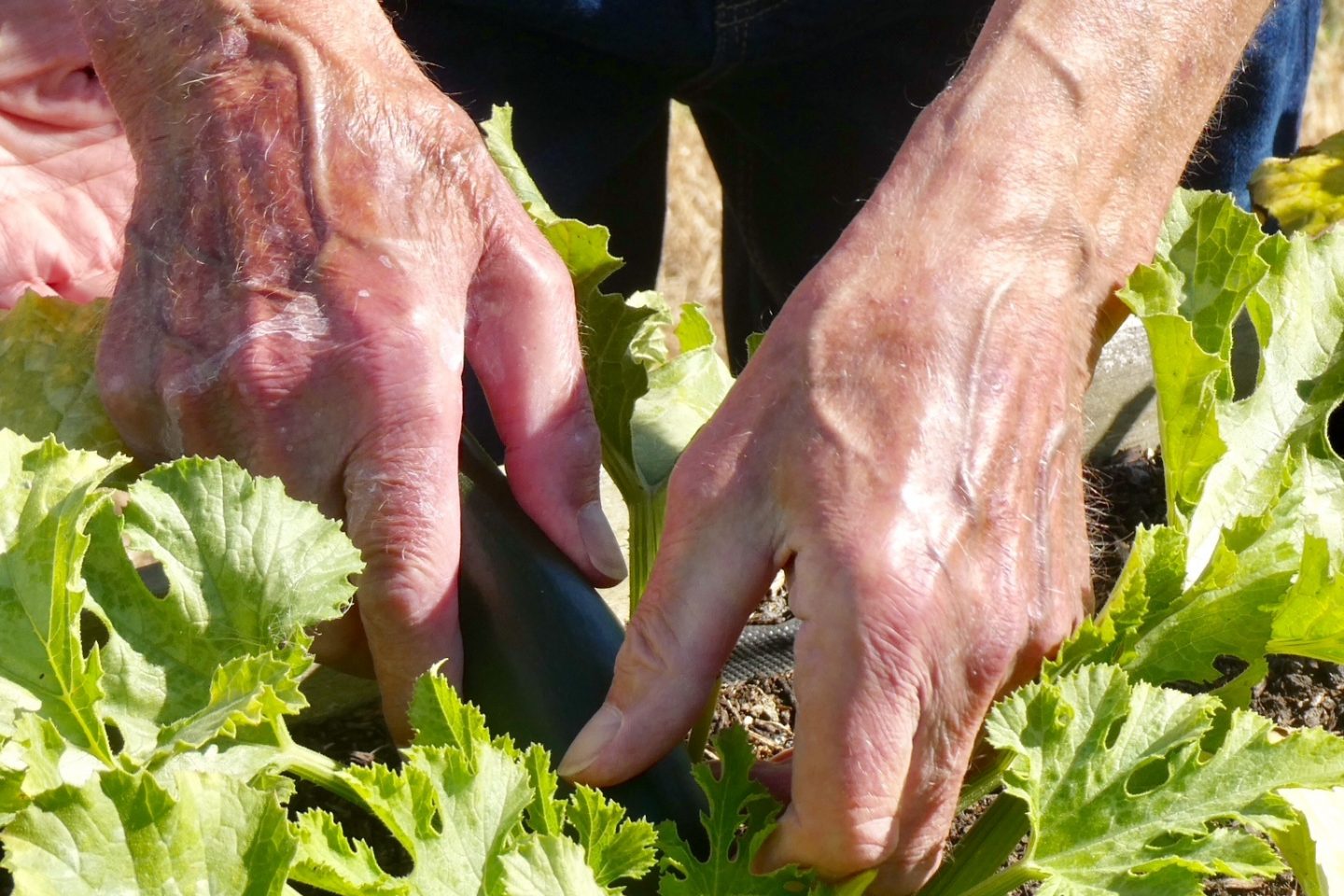
When you feel like a fairly light level of physical activity, try one of these:
If you would like to do something more physical in the garden, these will raise your heart rate.
You could always ask for help with more physical tasks. Put your energy into whatever you would most like to do.

You don’t have to be growing something, or doing a task, to enjoy gardens and nature. Sometimes just appreciating your surroundings can give a mood boost. Here are some ideas to help you enjoy time in nature.

Gardens and nature can be good ways to connect with others. Here are some ideas for connecting through nature.
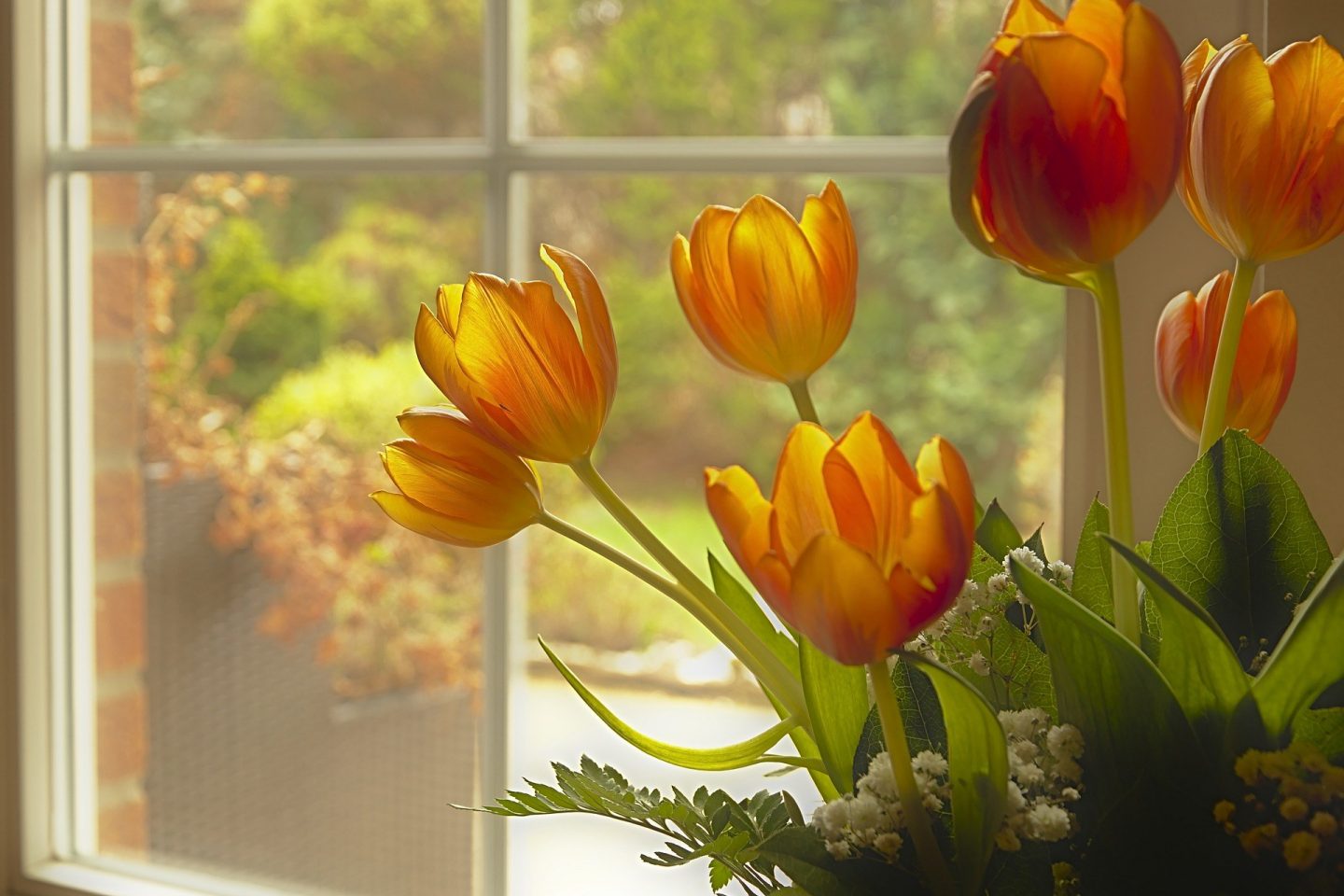
When the weather is cold and wet, or when you need to spend time indoors, there are still many ways to feel the benefits of nature.
I need to look after my health. I feel the cold and get tired very quickly.
Survey respondent, dementia and gardening
If you have a greenhouse or sunny spot inside and have the energy to create something, you could try one of the ideas in seated gardening tasks above.
If you want to do something quieter, you could try one of these.
My physical health stops me gardening but I still love looking at plants and gardens.
Survey respondent, dementia and gardening

Some of these tips may help make time in the garden easier and more enjoyable.
Make a plan
Knowing what to do and when is important for every gardener.
A good idea is to make a yearly plan for your space. You could do this using an A3 piece of paper. Write on it what needs to be done when through the year. This could be monthly activities, for example.
If it helps, you could draw a rough sketch of your garden. Adding pictures of what you’re growing where can be a helpful prompt.
Put your plan in the shed or somewhere prominent as a reminder.
Break bigger tasks down
Some gardening tasks are bigger than others. You could break big tasks down into smaller tasks, some of which you can do and others to get help with. For example, you could get help to dig and clear a bed, then sow seeds yourself.
Focus your energy on things you enjoy and feel doable. That could be dead-heading, watering, or simply enjoying time in the garden. Equally, if you love mowing and feel comfortable doing it – keep going!
I can no longer do my own garden as I can’t plan and process tasks without support.
Survey respondent, dementia and gardening
Gardens are very forgiving. It doesn’t matter if things are done ‘correctly’ or even finished. A less neat garden will invite nature in looking for food and wildflower seeds.
Get time reminders
Whenever the mood takes you, it’s good to get into the garden.
If you find it helpful, you could set a daily reminder on your calendar to make time outside – even if just for a few minutes.
Keen gardeners can easily get absorbed in the moment. You could consider setting a timer so you don’t end up overdoing it! Family and relatives could help set this up in advance.
“It’s better to do half an hour every day than three and a half hours in one go!”
– survey respondent, gardening and dementia
Make things easier to find
Keeping your tools and equipment visible and well-ordered can make them much easier to find.
Having things out and not shut away can be a good visual reminder. For example, having equipment hanging neatly from labelled hooks.
Try to keep your shed tidy. If you have drawers, shelves and boxes label them so you instantly know what’s inside. Clear plastic containers make good storage boxes.
You could also put name labels on your tools to easily identify them. Bright electrical tape on the handles will make them easier to find when left anywhere.
Try and have a place for everything and always keep things in their same place.
Identify your plants

What plants you grow and how you grow them is about personal preference. Enjoying plants is the most important thing.
There are things you can do, so it’s easier to identify what you are growing. Adding name labels to plants is one good idea.
You could photograph your plants when they are in full bloom in spring / summer. This is especially helpful for pots. Save the photographs on your phone or computer with notes and it will help you know what is growing.
You could try a different style of planting, grouping lots of the same plant together. For example, three of one plant, five of another, seven of another. Having less plant types can be simpler to manage.
Another idea is to grow plants next to each other that are contrasting colours. This will help tell them apart from each other.
Greenhouse set up
Greenhouses or poly tunnels can be wonderful places to store and grow things in colder weather. This makes it possible to spend more time outside, gardening for more of the year. They can be highly sensory, with smells, temperature and plants around you.
I only want to be outside in good weather - without the cold, wind and rain.
Survey respondent, gardening and dementia
When you are working in the greenhouse, set up any tables or shelves so you can work comfortably.
If you don’t have a greenhouse, you could take things indoors. Think about how you could make use of a sunny porch or a window ledge.
Start fresh each time
Always try to tidy away at the end of a gardening session. This will allow you to start fresh next time. Put any tools and equipment back in the same place they are always kept.
If you have a gardening companion, putting things away is something you could ask for some help with.

We all have days where we feel more motivated than others. Here are some tips to help.
1. Be kind to yourself.
Do what you can and what feels right for the day, no matter how small. Sometimes just stepping outside for a few minutes to listen to outside sounds or look more closely at something can be a real boost.
If you feel like staying indoors, can you bring the outside in? Open a window to listen to the birds, look at the view, or plan for next time.
2. Have visual or vocal prompts
Could you place your shoes and coat handy near the door? Or, if you are feeding birds, have the things you need to top up feeders by the door.
You could put a note of what you want to do in an obvious place like on a fridge door. If you have a smart speaker like Alexa, Google Nest or Amazon Echo you could set a reminder for what you want to do. Ask for help to set this if needed.
Have some items in the garden you are looking after within sight from the window. This could be a pot or planter, or a birdbath or feeder that needs filling.
3. Get a helping hand
If you live on your own and a task feels a bit daunting, can you get a helping hand from a friend, family member or local support organisation?
Together, you could break it down into different steps. Do the bits you enjoy and share that time together.
4. Celebrate your achievements
When you’ve completed a task, give yourself a pat on the back. Maybe you could take a picture on your phone to share with friends and family.
If it’s a shared task, congratulate each other. Make the most of what you’ve achieved.
5. Use your garden as an outdoor room
Getting the benefits of the garden doesn’t have to involve gardening! There are different ways to enjoy your space – see above for ideas.
Day-to-day activities like reading, hobbies, relaxing, eating and drinking and chatting with friends and family can all be done outdoors.
6. Share and link with the community
You might find sharing the joy of what you do with others, offering some help, is motivating. That could be through giving flowers or vegetables to family or neighbours, or growing plants for a local fundraiser.
We recently took part in the local community's biggest runner bean competition. We tied a ribbon around the longest bean, with a note that said, 'do not pick - this is going into a competition'. We did not win but received a lot of congratulations!
Great Dunmow allotment group
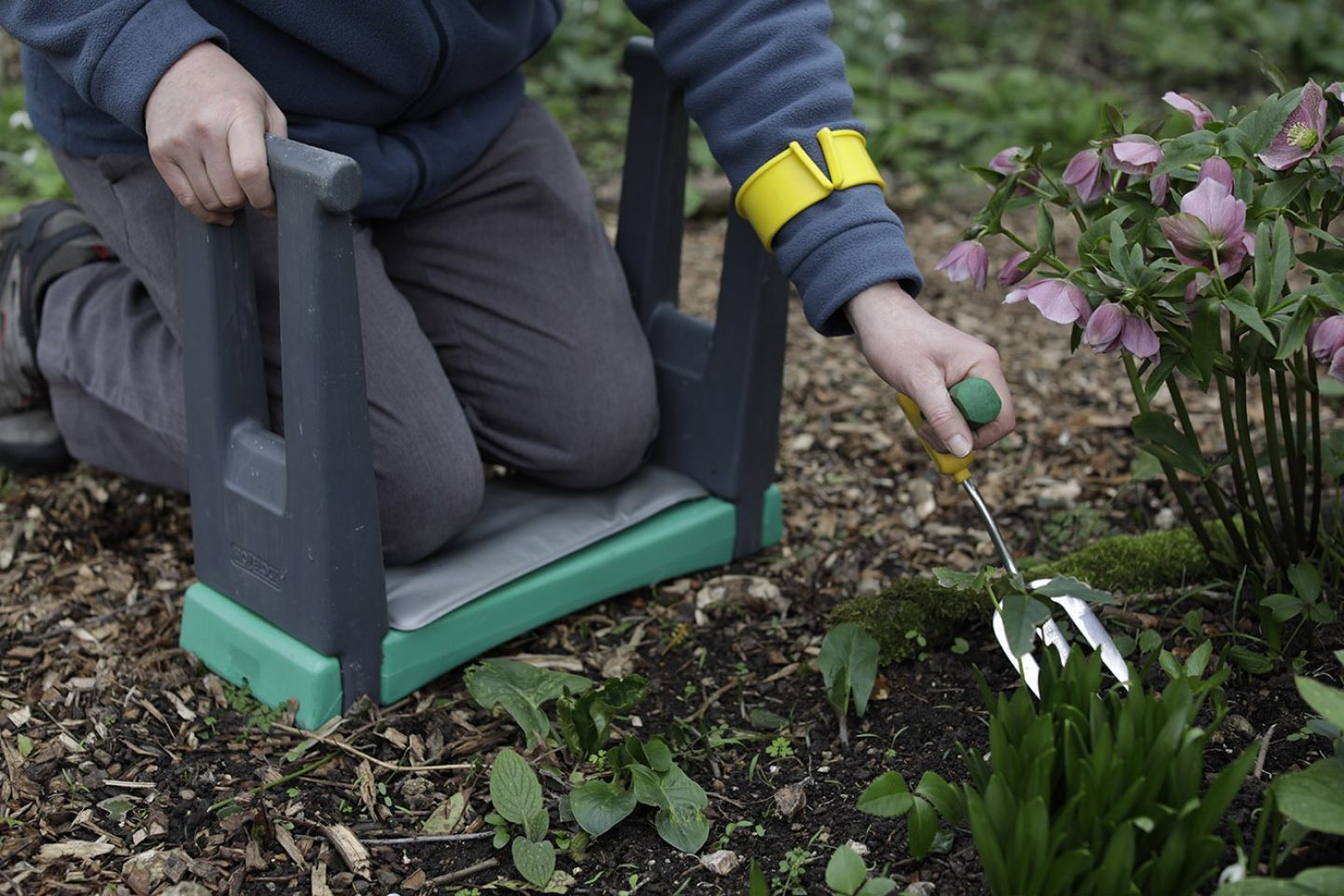
You might not need to make adaptations to how you garden. This section is only if you are looking for solutions to something you are finding tricky.
There are lots of tips and ideas to approach things. Find what’s right for you. Sometimes the simplest things can be the best, like using scissors, jugs, a fork or a spoon.
Ergonomic tools
You can find ergonomic versions of many garden tools, particularly hand tools. Many of these have handles designed to reduce hand and wrist strain.
You can also buy add on handles that help make the tools you have more ergonomic. These can be combined with arm support cuffs to keep things steady.
Interchangeable tools
You can find a range of ‘multi-change’ tools, which have interchangeable heads.
These tend to be high quality, but make sure you can comfortably switch the different heads around.
“I like using Wolf Garten multi-change tools in my garden.”
– survey respondent, gardening and dementia
General gardening equipment
Equipment to help find and store things
“Plastic food containers, like takeaway containers with lids, are great. They can be stacked and marked with what’s inside by writing onto masking tape. Also, try to keep things relating to one activity together instead of mixing things up.”
- survey respondent, gardening and dementia
Tools to help move things
“I recommend getting someone else to move things! If that’s not possible, using anything with four wheels can help - old prams are better than wheelbarrows sometimes, as you don’t have to lift the weight.”
– survey respondent, gardening and dementia
Tools for clearing and tidying
“If a tool you want is electric, go for battery options so you don’t have to worry about/manage the cable!”
– survey respondent, gardening and dementia
Tools for sowing seeds, bulbs and planting
Tools for digging
Tools for weeding
Sometimes you can just pull out weeds by hand. Wear gardening gloves for protection. For trickier weeds, you could try:
"Sometimes, even hand tools are too big but old cutlery is brilliant for weeding, digging holes, etc. Also, old knives are good for splitting up plants.”
– survey respondent, gardening and dementia
Pruning tools
In this short video recorded for Dementia Adventure, Nancy describes what she most enjoys in the garden.
"It makes me feel like one of the normal people," she explains. "I AM one of the normal people! As I say, I'm a gardener, who happens to have dementia."
